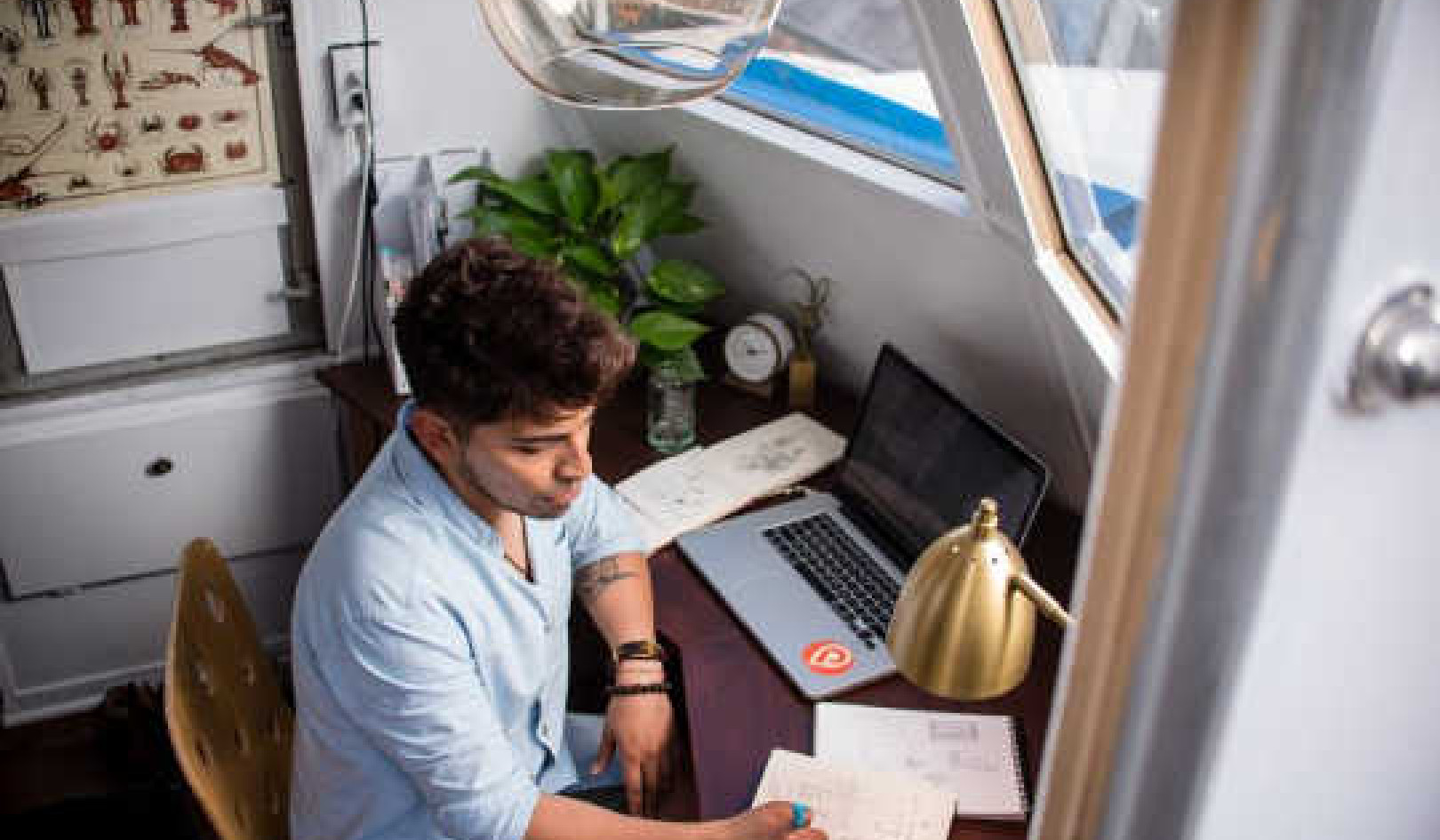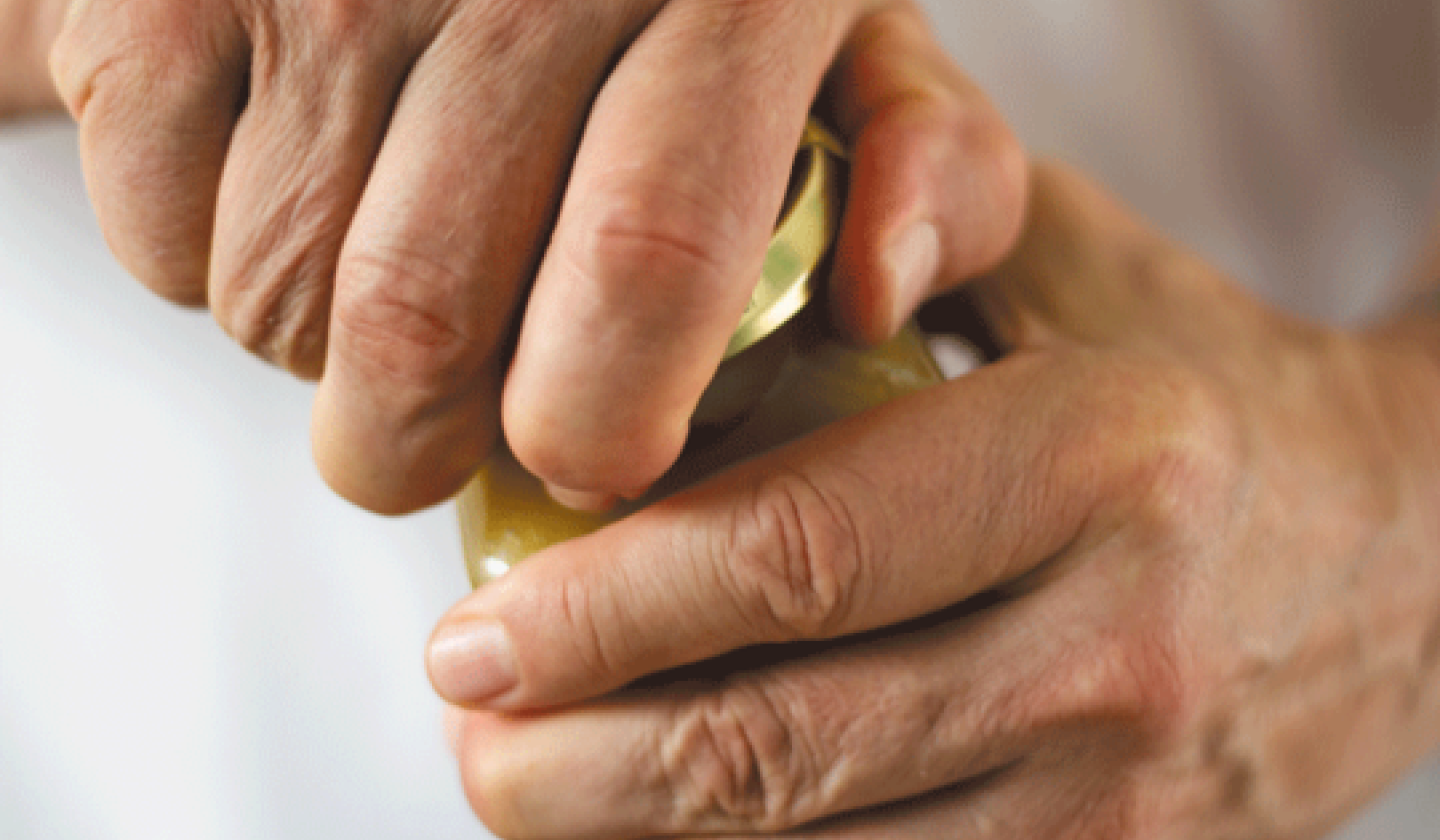
People dance on their balcony in Barcelona, Spain, on April 25, 2020, as the lockdown to combat the spread of coronavirus continues. (AP Photo/Emilio Morenatti)
As cities all over the world shut down to slow the spread of the novel coronavirus, videos emerged on the internet: Italians singing from their balconies, policemen in Spain playing guitar while on patrol and New York City apartment dwellers singing along to The Beatles’ “Yellow Submarine” from their windows.
People across the globe started making music together from their windows and balconies. As music neuroscientists who study how music affects our bodies and brains, we would like to shed light on the question: why do we turn to collective music-making in times of crisis?
{vembed Y=C0qXr62jlwI}
New Yorkers sing Frank Sinatra’s “New York, New York” on April 16, 2020 in celebration of health-care workers during the city’s lockdown.
Universal response
Music is universal — no human culture exists without it. Even if we only tap or move along, our universal response to music is to join in. This inclination is deeply rooted in neurobiology — our brain’s neural motor, or movement, system lights up when we hear music, even if we appear to be remaining still.
Our research has shown that the motor system is particularly responsive to the beat, the regular pulse in music that people typically tap or dance along with. The beat has a privileged role in music, capturing our attention and sometimes driving us to move without us even being aware of it.
{vembed Y=x_rLw6SCSmE}
On March 13, 2020, Italians took to their balconies to sing the national anthem to raise morale on the fourth day of a nationwide lockdown.
The process by which we synchronize movements to the beat is called entrainment. Entrainment occurs when ongoing brain activity aligns in time with the beat of the music. Entrainment has been observed not only in auditory brain areas but also in motor brain areas.
Entrainment is central to our ability to accurately perceive and produce the beat with our bodies, as we do during tapping, singing or dancing to music. In fact, research suggests that the better our brain entrains to the beat, the more accurate we are at perceiving and synchronizing with music. Our desire to move to music may be rooted in our brain’s spontaneous alignment of its activity to the beat.
Making music together
The ability to entrain to a musical beat may also be what allows us to produce music with others. Group music-making is a remarkable phenomenon when considered from the perspective of neurobiology: not only are individuals playing music together, their brains are finding the same beat.
Entrainment allows us to achieve what researchers call interpersonal synchrony, or the alignment of behaviour in time. Being in sync with others is important for many kinds of human behaviour. It enables us to coordinate synchronized actions as a group, from singing in a choir to rowing a boat, as well as the turn-taking behaviours that make for good conversations. The desire for interpersonal synchrony may drive humans to perform music together during this pandemic.
{vembed Y=hcjO_cETMUI}
Neighbours singing The Beatles’ “Yellow Submarine” from their apartment windows as coronavirus restrictions went into effect in New York City.
Interpersonal synchrony is a powerful tool that creates a sense of belonging and participation. When people produce actions in synchrony, they later feel more connection or affiliation towards one another, and are also more likely to trust and co-operate.
The social benefits of interpersonal synchrony have been observed early in child development. One well-known study shows that toddlers are more likely to help an adult — for example, retrieving more dropped items — when the child has previously been bounced in synchrony with that adult.
The bonding that arises through group synchrony serves practical societal functions: army troops march in step, children bond with parents by singing songs together and now groups clap, bang pots and cheer for health-care workers to signal solidarity. Interpersonal synchrony can also improve one’s emotional state, increasing mood and self-esteem.
Music’s cultural role
There is a reason music is found in every known culture. Music moves us at the level of the body, the brain and the group. The interpersonal synchrony that we achieve through making music links our minds and bodies, enhancing social cohesion, bonding and other positive outcomes.
Right now, in the midst of a period in which the need for social bonding is perhaps greater than ever, we are glad to see socially isolated people still finding a way to make music together. Sing on, together!
About the Authors
Jessica Grahn, Associate professor, Psychology, Western University; Anna-Katharina R. Bauer, Postdoctoral research fellow in Cognitive Sciences (German Research Foundation), University of Oxford, and Anna Zamm, Postdoctoral research fellow in Cognitive Science, Central European University
This article is republished from The Conversation under a Creative Commons license. Read the original article.

Books Improving Attitude and Behavior from Amazon's Best Sellers list
"Atomic Habits: An Easy & Proven Way to Build Good Habits & Break Bad Ones"
by James Clear
In this book, James Clear presents a comprehensive guide to building good habits and breaking bad ones. The book includes practical advice and strategies for creating lasting behavior change, based on the latest research in psychology and neuroscience.
Click for more info or to order
"Unf*ck Your Brain: Using Science to Get Over Anxiety, Depression, Anger, Freak-Outs, and Triggers"
by Faith G. Harper, PhD, LPC-S, ACS, ACN
In this book, Dr. Faith Harper offers a guide to understanding and managing common emotional and behavioral issues, including anxiety, depression, and anger. The book includes information on the science behind these issues, as well as practical advice and exercises for coping and healing.
Click for more info or to order
"The Power of Habit: Why We Do What We Do in Life and Business"
by Charles Duhigg
In this book, Charles Duhigg explores the science of habit formation and how habits impact our lives, both personally and professionally. The book includes stories of individuals and organizations who have successfully changed their habits, as well as practical advice for creating lasting behavior change.
Click for more info or to order
"Tiny Habits: The Small Changes That Change Everything"
by BJ Fogg
In this book, BJ Fogg presents a guide to creating lasting behavior change through small, incremental habits. The book includes practical advice and strategies for identifying and implementing tiny habits that can lead to big changes over time.
Click for more info or to order
"The 5 AM Club: Own Your Morning, Elevate Your Life"
by Robin Sharma
In this book, Robin Sharma presents a guide to maximizing your productivity and potential by starting your day early. The book includes practical advice and strategies for creating a morning routine that supports your goals and values, as well as inspiring stories of individuals who have transformed their lives through early rising.
























